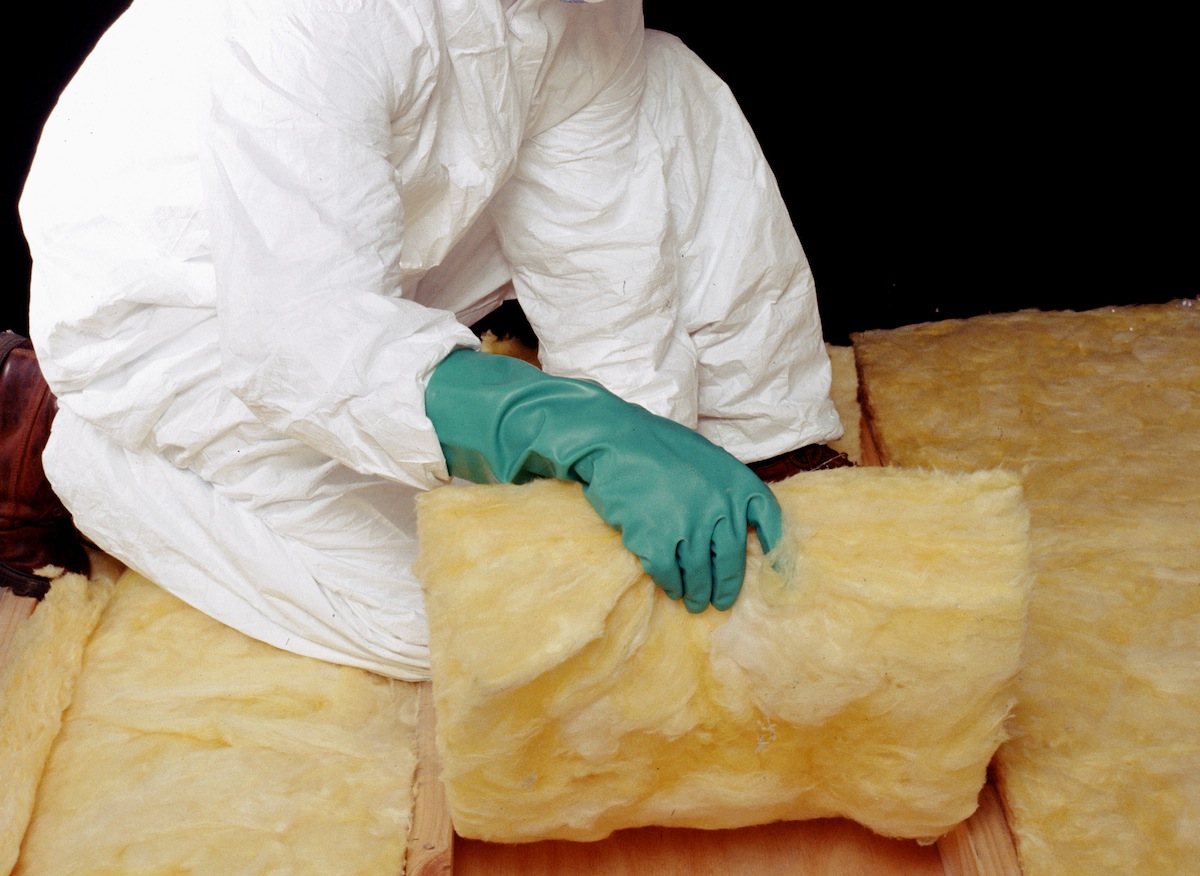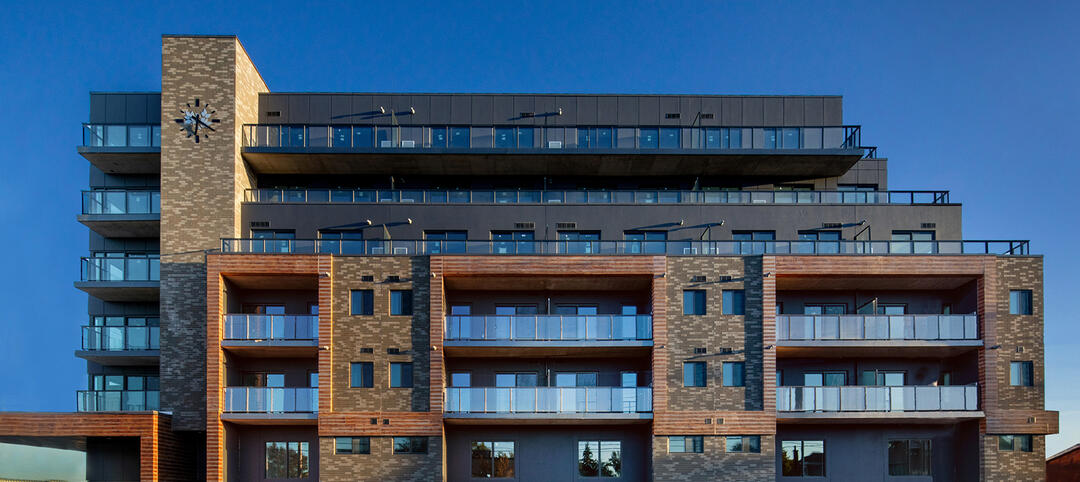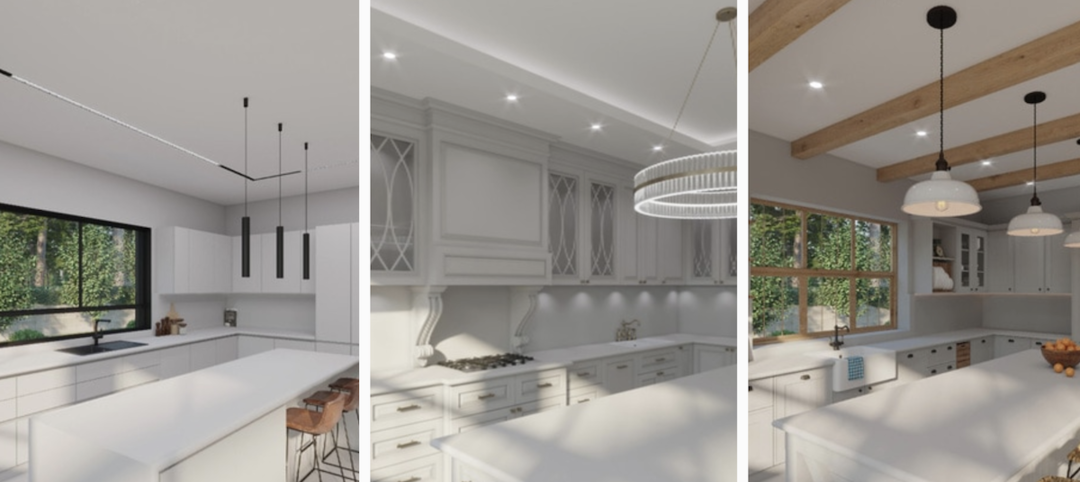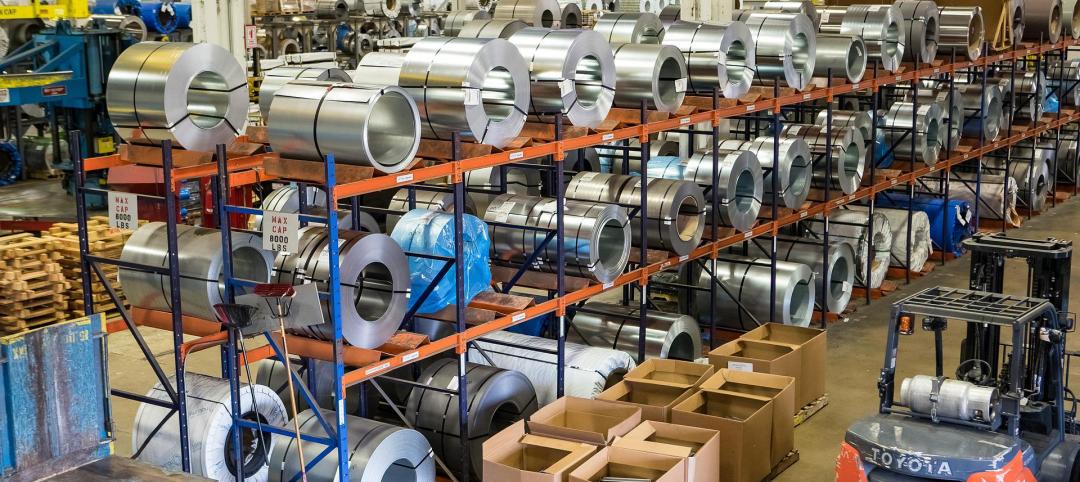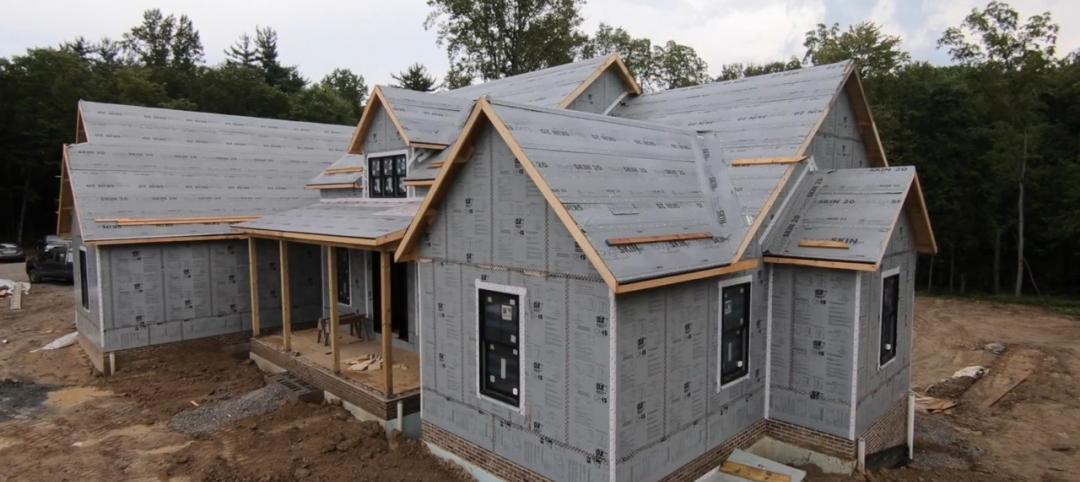Performance is crucial for insulation. “Superinsulation” and continuous insulation (abbreviated “ci”) across the entire envelope are critical elements of highly sustainable and net-zero projects, says Perkins+Will’s Cillian Collins. Green roofs, living walls, and some rainscreen enclosures offer a variety of insulating and environmental qualities.
Mineral wool, which is highly fire resistant, can also be effective, says SmithGroupJJR’s Andrew Dunlap. Wiss, Janney, Elstner’s Fiona Aldous mentions phase-change materials, super-thick insulation, and high-performance insulating blankets with R-values exceeding nine per inch of thickness.
The latest trend, says Aldous, is to ensure that the exterior wall assembly complies with continuous insulation requirements (where required) and NFPA 285, the IBC-mandated testing of combustible envelope material assemblies, including foam plastic insulation and certain water-resistive barriers.
Aldous says that even the best-designed envelopes can be undermined by thermal bridging in areas where insulation is deficient. She recommends the following:
• Determine how much insulation is needed, and how to install it properly.
• Evaluate the insulation’s permeability and the risk of creating an unintended vapor barrier.
• Locate the insulation correctly within the wall assembly.
• Use insulation to manage vapor movement or air leakage (or both).
• Minimize thermal bridges.
• Meet continuous insulation (ci) requirements.
• Comply with NFPA 285.
The choice of the correct insulation should be more than a rush to the highest available R-value. The products selected must contribute to a system that controls the flow of air, heat, vapor, and water. Older buildings’ envelopes, which may be leakier and less insulated, at least have a good potential for drying; the tighter, high-R-value envelopes in favor today allow very little thermal flow. So if there is bulk water intrusion or vapor/air leakage, moisture can remain in the envelope long enough to lead to mold, corrosion, and dry rot.
There are many options for envelope insulation. Fiberglass, rock wool, and slag wool have been used for decades, but now there’s rigid board, cellulose, and foam insulation, as well as cotton, wool, and hemp.
Hemp insulation (which was just recently allowed in the U.S.) comes from a renewable resource and is biodegradable and breathable, according to building enclosure experts. Hemp has good sound absorption, resists mold and bugs, and is stiffer than many other fiber insulations, so it doesn’t slump after it’s installed.
Slumping and movement following installation can be a problem, so passive designers have been looking to building materials that have insulation built into the material’s structure, such as structural insulated panels (SIPs), insulating concrete forms (ICFs), and insulated metal panels (IMPs). Polystyrene or polyurethane foams are major components of these prefabricated systems.
Another option: vacuum-insulated panels filled with aerogels. These so-called “VIPs” are panels with fumed silica or fibrous layers with nanopores. Some enclosure experts say they can enhance design flexibility, as they are thinner than some other insulations.
According to the USDOE Oak Ridge National Laboratory, open-cell aerogels are 90% or more air by volume and offer “unique physical properties, including the highest thermal resistivity, the highest specific surface area, the lowest density, the lowest refractive index, and the lowest dielectric constant of all solid materials.”
The dominant specs for insulation are plastics, some of which contain recycled content. Plastic foam board and spray-applied materials perform well as envelope insulation, both above and below grade.
Related Stories
75 Top Building Products | Nov 30, 2022
75 top building products for 2022
Each year, the Building Design+Construction editorial team evaluates the vast universe of new and updated products, materials, and systems for the U.S. building design and construction market. The best-of-the-best products make up our annual 75 Top Products report.
Energy-Efficient Design | Nov 14, 2022
How to achieve net zero energy in five steps
Martine Dion and Ethan Seaman share net zero energy best practices with owners and developers.
Building Materials | Nov 2, 2022
Design for Freedom: Ending slavery and child labor in the global building materials sector
Sharon Prince, Founder and CEO of Grace Farms and Design for Freedom, discusses DFF's report on slavery and enforced child labor in building products and materials.
Multifamily Housing | Sep 15, 2022
Toronto’s B-Line Condominiums completed using prefabricated panels
B-Line Condos, Toronto, completed using Sto Panel Technology.
Multifamily Housing | Sep 13, 2022
Take the Multifamily Kitchen + Bath survey – Maybe win one of 10 $50 gift cards
Preliminary results of 2022 Multifamily Design+Construction exclusive Kitchen + Bath survey.
Building Materials | Aug 3, 2022
Shawmut CEO Les Hiscoe on coping with a shaky supply chain in construction
BD+C's John Caulfield interviews Les Hiscoe, CEO of Shawmut Design and Construction, about how his firm keeps projects on schedule and budget in the face of shortages, delays, and price volatility.
Building Materials | Jun 20, 2022
Early-stage procurement: The next evolution of the construction supply chain
Austin Commercial’s Jason Earnhardt explains why supply chain issues for the construction industry are not going to go away and how developers and owners can get ahead of project roadblocks.
Sponsored | Insulation | May 9, 2022
Meet the Makers of Durable, Efficient Insulation and Sheathing
Discover the epitome durability and efficiency.
Contractors | Mar 28, 2022
Amid supply chain woes, building teams employ extreme procurement measures
Project teams are looking to eliminate much of the guesswork around product availability and price inflation by employing early bulk-purchasing measures for entire building projects.
Cladding and Facade Systems | Oct 26, 2021
14 projects recognized by DOE for high-performance building envelope design
The inaugural class of DOE’s Better Buildings Building Envelope Campaign includes a medical office building that uses hybrid vacuum-insulated glass and a net-zero concrete-and-timber community center.


